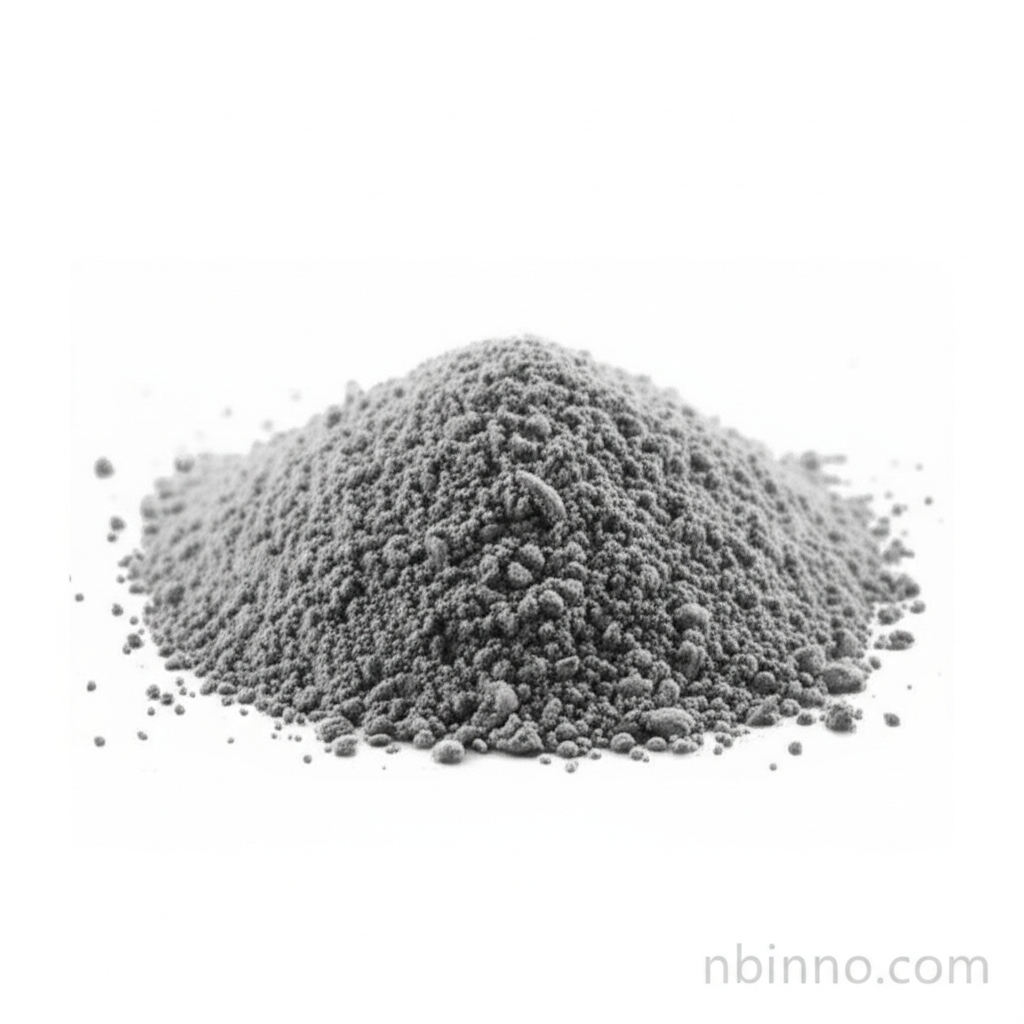1-Acetyl-2-imidazolidinone: Synthesis, Applications, and Market Insights
Discover the versatile uses and chemical significance of 1-Acetyl-2-imidazolidinone, a key compound in modern chemistry.
Get a Quote & SampleProduct Core Value

1-Acetyl-2-imidazolidinone
1-Acetyl-2-imidazolidinone (CAS: 5391-39-9) is a highly valuable synthetic reagent, primarily recognized for its role in the preparation of triple [14C]-labelled moxonidine, a compound with significant antihypertensive properties. Its synthesis from readily available starting materials, specifically 2-imidazolidinone and acetic anhydride, makes it an accessible and important chemical entity.
- The synthesis of 1-Acetyl-2-imidazolidinone is achieved through the reaction of 2-imidazolidinone and acetic anhydride, yielding a product crucial for pharmaceutical development.
- As a pharmaceutical intermediate, this compound plays a vital role in the creation of medications targeting cardiovascular conditions.
- The chemical properties of 1-Acetyl-2-imidazolidinone include a melting point of 173-175°C, defining its solid state and handling characteristics.
- Its appearance as a white to off-white crystalline powder ensures ease of use and quality control in various synthetic processes.
Key Advantages
Versatile Synthetic Applications
Leverage the versatility of 1-Acetyl-2-imidazolidinone as a critical building block in organic synthesis, facilitating the creation of complex molecules with potential therapeutic benefits.
Crucial for Antihypertensive Research
Its direct involvement in the preparation of moxonidine highlights its importance in the research and development of antihypertensive compounds.
High Purity and Consistent Quality
Sourced from reliable manufacturers, this compound consistently meets high purity standards, essential for sensitive chemical reactions and pharmaceutical applications.
Key Applications
Pharmaceutical Development
As a key intermediate, it aids in the synthesis of pharmaceuticals, particularly those addressing cardiovascular conditions, supporting its use in drug discovery chemistry.
Agrochemical Formulations
Its properties are explored in agrochemicals, potentially enhancing the efficacy of pesticides and herbicides, contributing to innovative agrochemical formulations.
Polymer Science
The compound's integration into polymer matrices can improve material properties, showcasing its potential in advanced polymer science applications.
Analytical Chemistry
It serves as a valuable reagent in analytical methods, crucial for quality control and precise compound detection in various industrial processes.
